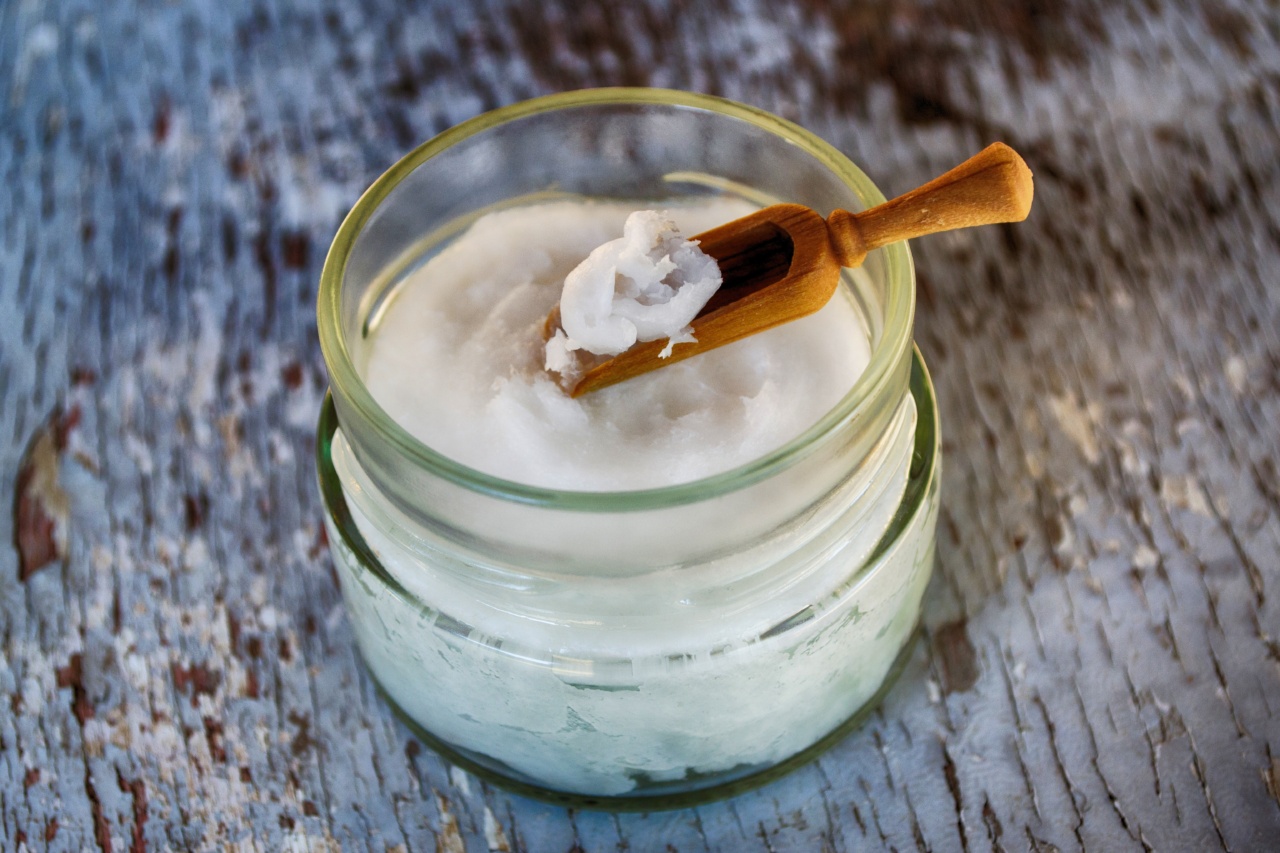Everyone desires to have a beautiful, bright smile. However, factors such as aging, consuming staining substances like coffee or wine, or poor oral hygiene practices can cause our teeth to become discolored over time.
The quest for pearly whites has led to the popularity of teeth whitening treatments. While there are various methods available, ranging from in-office professional treatments to at-home DIY kits, many people are seeking natural alternatives due to concerns about the potential side effects of chemical-based products.
One such natural solution gaining traction in recent years is coconut oil.
What is Coconut Oil and How Does It Work?
Coconut oil, extracted from the kernels or meat of coconuts, is a versatile oil with a wide range of uses. It contains high levels of lauric acid, which has antibacterial properties.
Additionally, coconut oil has been found to possess natural teeth whitening abilities owing to its ability to remove plaque and combat certain strains of bacteria responsible for tooth decay.
The Science Behind Coconut Oil Teeth Whitening
When used for oil pulling, a traditional Ayurvedic practice, coconut oil can help remove stains from teeth and promote oral health.
The process involves swishing oil around the mouth for a few minutes, usually before brushing, to draw out toxins and microorganisms from the mouth. During this process, the oil mixes with saliva and produces an emulsion that possesses cleansing properties. It adheres to plaque, bacteria, and stains on the teeth, allowing them to be lifted away when the oil is spat out.
Studies have shown that coconut oil pulling can effectively reduce the amount of plaque on teeth and inhibit the growth of Streptococcus mutans, a primary bacterium responsible for tooth decay.
The lauric acid in coconut oil helps break down the bacteria and disrupt their cell membranes, leading to their elimination.
How to Use Coconut Oil for Teeth Whitening
Using coconut oil for teeth whitening is a simple process that can be incorporated into your daily oral hygiene routine. Follow these steps to effectively harness the natural benefits of coconut oil:.
Step 1: Choose High-Quality Coconut Oil
Ensure that you select a high-quality, organic, and unrefined coconut oil. Look for coconut oil that is cold-pressed, as it retains more beneficial properties compared to refined oils.
Step 2: Gather Your Tools
Have a tablespoon of coconut oil ready, along with your toothbrush and a cup for spitting.
Step 3: Oil Pulling
Scoop one tablespoon of coconut oil and place it in your mouth. Allow it to melt and then begin swishing the oil around, ensuring it reaches all areas of your mouth, including your teeth and gums. Aim to oil pull for at least 5-10 minutes.
Step 4: Spit and Rinse
Once your time is up, spit out the oil into a cup. Be sure not to spit it into the sink, as it could solidify and clog the drain. Rinse your mouth with water and follow with your regular toothbrushing routine.
Step 5: Repeat
For best results, oil pulling with coconut oil should be done daily. Consistency is key when aiming for a brighter smile.
Additional Tips for Teeth Whitening
While coconut oil pulling can contribute to teeth whitening, it’s important to maintain good oral hygiene practices and make certain lifestyle changes to see noticeable results. Here are some additional tips:.
1. Brush Regularly and Properly
Brush your teeth at least twice a day for two minutes each time. Use a soft-bristled toothbrush and fluoride toothpaste. Proper brushing technique ensures that all surfaces of your teeth are cleaned effectively.
2. Floss Daily
Incorporate flossing into your daily routine to remove plaque and food particles from areas that are difficult to reach with a toothbrush. This helps prevent staining and keeps your gums healthy.
3. Avoid Staining Substances
Limit your consumption of coffee, tea, red wine, and other staining substances. If you do indulge, rinse your mouth with water afterward and brush your teeth after a sufficient time has passed.
4. Eat a Teeth-Friendly Diet
Include foods that promote oral health, such as crunchy fruits and vegetables. Apples, carrots, and celery can help remove surface stains and increase saliva production, which aids in neutralizing acids and remineralizing teeth.
5. Visit Your Dentist
Regular dental check-ups are essential for both oral health and teeth whitening. Your dentist can provide professional cleanings and guidance on maintaining a healthy, bright smile.
The Bottom Line
Coconut oil teeth whitening offers a natural and cost-effective alternative to traditional commercial whitening methods. Its antibacterial and stain-removing properties can help combat tooth discoloration and promote oral health.
Incorporating coconut oil pulling into your oral hygiene routine, alongside maintaining good brushing habits and making lifestyle changes, can lead to a brighter and more confident smile.





























